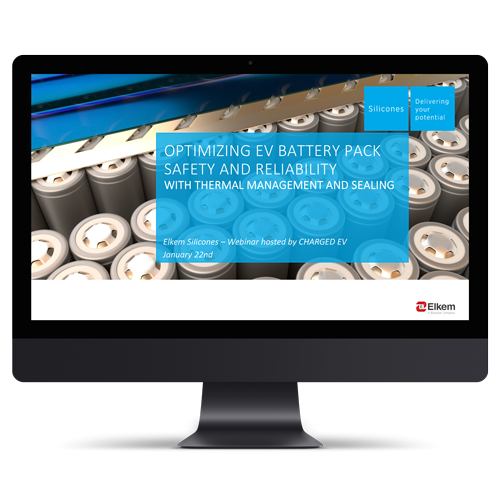- Magazine
- Mobility & transportation
- Lightweight battery cells protection materials for EV
Lightweight battery cells protection materials for EV
In their overall approach to improving the performance of electric vehicles, automotive manufacturers have focused on several related issues, in particular, the power efficiency of engine control systems and fast-charging batteries for greater autonomy and vehicle weight reduction. In this presentation, we will succinctly summarize the main technologies that enable carmakers to reduce the total weight of EVs, with lightweight battery cells protection materials.
Lightweight battery cells protection materials for EV batteries
Another means to ensure we get greater mileage, lower emissions and higher performance is to make the vehicles lighter in weight. Experts suggest that one solution is to make body components out of lighter materials like carbon-fiber-reinforced plastic (CFRP) or polymers. Another method for weight reduction is the wiring harness in the car, the third heaviest component after the chassis and the engine. Increasingly, automotive designers are also looking at the role of silicone materials to reduce weight in all these areas and, in particular, in battery packs.
Weight is, therefore, one of several factors that have limited consumer uptake and sales of EVs, which include the following factors:
- The power of EVs
- Their autonomy
- Their charging capacities and an insufficient recharging network and infrastructure
The first two criteria are directly impacted by the overall weight of the vehicle and the battery pack. This is where the choice of lightweight solutions becomes critical.
The heart of the battery system and protecting components
To begin with, it’s important to take into account the enormous size of the battery pack and therefore its weight. It is generally located under the seating area of the vehicle (the driver and passengers are literally riding on top of the battery system). Each battery pack is made up of an array or battery modules, as can be seen in the illustration below. Inside each of these modules (above, below and between the cells) the right lightweight thermal insulation materials must be chosen and integrated into the Thermal Management Systems (TMS) to limit the temperature transfer (heat flow) between one cell to another.
The key components of the battery system and the choices to be made
- The pack itself, which is an enormous box-type structure
- The modules integrated into each of these boxes
- A very large quantity of cells that make up these modules
- Critical insulation enabling Thermal Management Systems (TMS) to function efficiently.
This type of Thermal Management Materials must be Silicone foams.
Increasingly, silicone is being used as the material of choice. Silicone formulations can be adapted to take on different forms, depending on their specific function in different parts of the battery pack. If the criterion is weight reduction, silicones can be transformed into low-density foams. See our dedicated article on how to choose your thermal management materials for lightweigh battery packs.
To balance this opportunity, you need to know that silicone foams do not respond to every design specifications. For the time being, silicone foams are extremely performant for thermal insulation and for cell protection from thermal runaway but do not respond thermal conductivity needs. As a matter of fact, it is difficult to conciliate a thermal conductivity project with an important weight reduction as thermally conductive silicones are very dense materials. Researches are being conducted to address this challenge with tomorrow’s innovative materials.
Summary
Weight is becoming a primary element of overall Thermal Management Systems designs, so do is the choice of lightweight thermal insulation materials. Of course, using lightweight materials such as silicone foams may incur a slightly higher initial price than other materials such as traditional polyurethanes. However, this is widely offset by performance, safety, and long-term performance considerations so that, in the long run, the Total Cost of Ownership (TCO) is lower and quality and lifespan are greatly improved.
All the factors mentioned in this overview can be integrated upstream into the design of your battery pack and downstream in the manufacturing process. At any given point, you might need to identify specific thermal management materials.
